Last June, Huawei Hisilicon released the mid-range processor Kirin 810, which broke the Android mid-range mobile phone market at that time. A pool of standing water. At that time, MediaTek’s performance was poor, and it gradually sank into the hundred-yuan market. The performance of the Kirin 710 GPU can only be benchmarked to Qualcomm 660, and the CPU can only be benchmarked to Snapdragon 675. It is a bit powerless to face Qualcomm 710.
After the launch of Kirin 810, with the advantages of 7nm process and self-developed NPU, Kirin 810 is in the battle with Qualcomm 700 series Obtained certain advantages. However, at the end of the year, the release of Qualcomm 765 and MediaTek’s Tianji series supporting 5G made the offense and defense reverse again. Huawei urgently needs a mid- to high-end positioning chip that supports 5G, which is the Kirin 820.

On the evening of March 20, Vice President of Honor Business Department Xiong Junmin revealed that Honor will release the first new machine in 2020 on March 30 ——Honor 30S, as a mid-to-high-end mobile phone, it will be equipped with Kirin 820 that supports 5G.
This will be Hisilicon’s second integrated 5G chip with the same positioning as the Kirin 810. It also focuses on the mid-to-high-end market. As the cornerstone of Huawei’s mid-range 5G mobile phone competitiveness in the second half of the year, it shoulders the heavy task of returning to the mid-range chip leader.
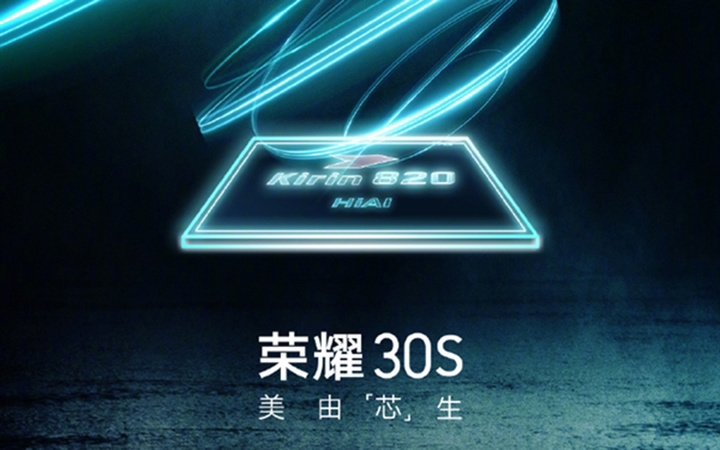
According to Weibo blogger @ 数码 闲聊 站,The Kirin 820 will continue to use the A76 architecture CPU, which is the same as the previous generation Kirin 810 architecture.
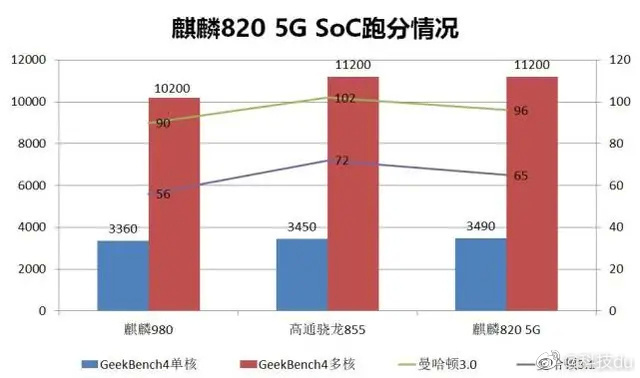
According to the exposed running score data, the Kirin 820 is different from the Kirin 810 in the core architecture ratio and is no longer The two A76 large cores are likely to be the same four A76 and four A55 core combinations as the Kirin 980. The core frequency is also improved compared to Kirin 980. Although it does not reach the height of Kirin 990 2.86GHz, it is not far away.
This performance in the flagship market will not cause much fluctuation, but decentralization in the mid-end market will produce ” Nuclear bomb effect. At present, the mid-end market mainly includes three processors: Qualcomm Snapdragon 765G, Samsung 980 and MediaTek Teana 1000L. Except for Teana 1000L, which is positioned at the high end and its performance is close to the flagship processor, the performance of Snapdragon 765G and Samsung 980 is relatively restrained.
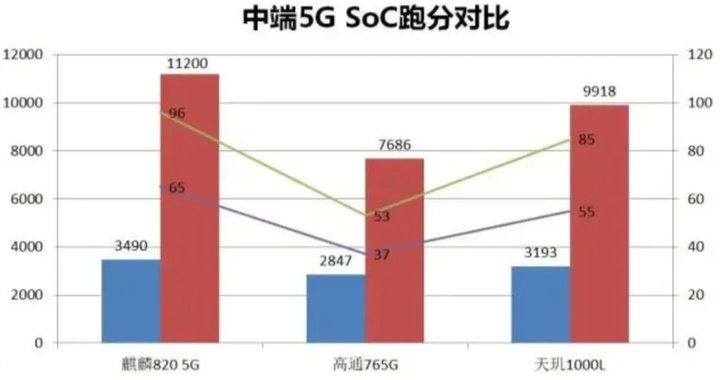 < / p>
< / p>
The emergence of Kirin 820 broke this balance, and the CPU close to Snapdragon 855 produced Snapdragon 765G and Samsung 980. A huge performance advantage. In the case of similar prices and other hardware qualities, the glorious price-performance advantage of the Kirin 820 processor is huge.
In addition to the CPU performance upgrade, according to the breaking news, Kirin 820 also uses the latest Mali-G77 architecture GPU. This architecture was released last year. Unlike the G76 architecture, which uses the Bifrost architecture, the G77 uses ARM’s latest Valhall architecture.

The Bifrost architecture of the previous generation of ARM is ARM’s first scalar GPU architecture. The first and second generations of this architectureProduct performance is not very good (G71, G72), Kirin and Orion are both limited by the architecture and are at a disadvantage in GPU performance. Although this state has been improved in the third-generation G76, it has not completely caught up with Qualcomm Adreno and Apple.

The Valhall architecture of Mali-G77 brings a new ISP and computing core design, with theoretical performance reaching 1.4 of G-76 Times. In addition to the theoretical performance improvement, the greater improvement of Mali-G77 is the power consumption ratio. According to ARM’s official document, the unit performance per W of G77 has been improved by 1.2 ~ 1.39X. Greatly improved the awkward situation of Mali-G76 era with few cores, poor performance, many cores, and power consumption.
It can be seen from the previous exposure map that the Kirin 820 is significantly higher than the Manhattan 3.0 / 3.1 test on the GFX Bench Kirin 980 with Mali-G76. Performance is between that of the Snapdragon 855. Considering that this is the Kirin 820, which is a mid-range chip, the GPU core should be placed on the flagship chip. There should be room for further improvement. Last year’s Kirin 990 missed the Mali-G77, but the flagship Kirin chip at the end of the year will definitely not miss it. 5nm process + LPDDR5 + Mali-G77 can bring much GPU performance improvement, it is worth looking forward toStay.
In addition to the CPU, GPU and NPU upgrades, the Honor Lao Bear announced that the glory 30S of the first Kirin 820 will have a stronger 5G energy efficiency, anti-interference, network search, dual card (one card 5G Internet access, one card VoLET calling) experience.
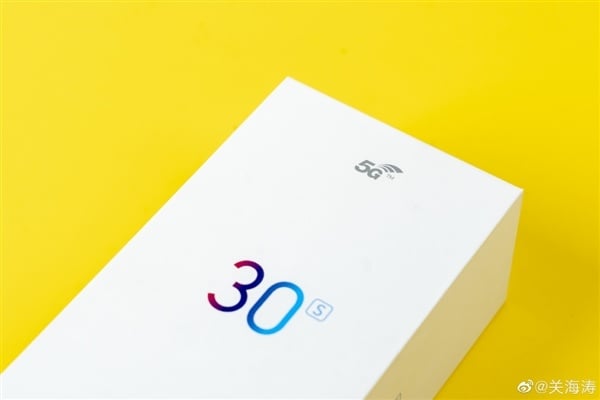
In addition to the Kirin 820 chip, according to the current exposure information and spy photos, the Honor 30S will use a 6.26-inch LCD single Photographic hole screen, side fingerprints, rectangular quad-shot, etc.
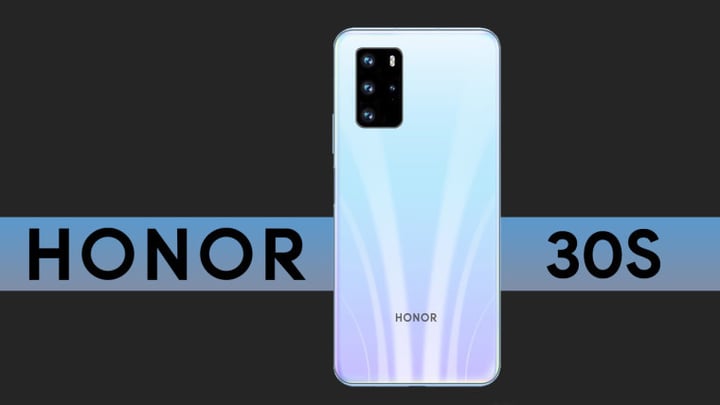 < / p>
< / p>
The idea of Kirin 820 is to use the time difference to gain advantages, decentralize the performance of the previous generation flagship to the mid-end market, and match it with The latest NPU integrates functions such as 5G. Just one quarter after the launch of the competition, the Kirin 820 suffered a “dimensional reduction blow” comparable to the performance of the previous generation flagship.
There are only two ways to deal with competing products. One is to directly decentralize the previous generation of flagship processors to the mid-range market. Although this method works well, it will suffer from 5G support.
Another is to introduce a higher-end mid-range processor, but considering the product rhythm, the new processor The interview may take some time. During this time, the Kirin 820 can gain a huge advantage in the mid-range market.